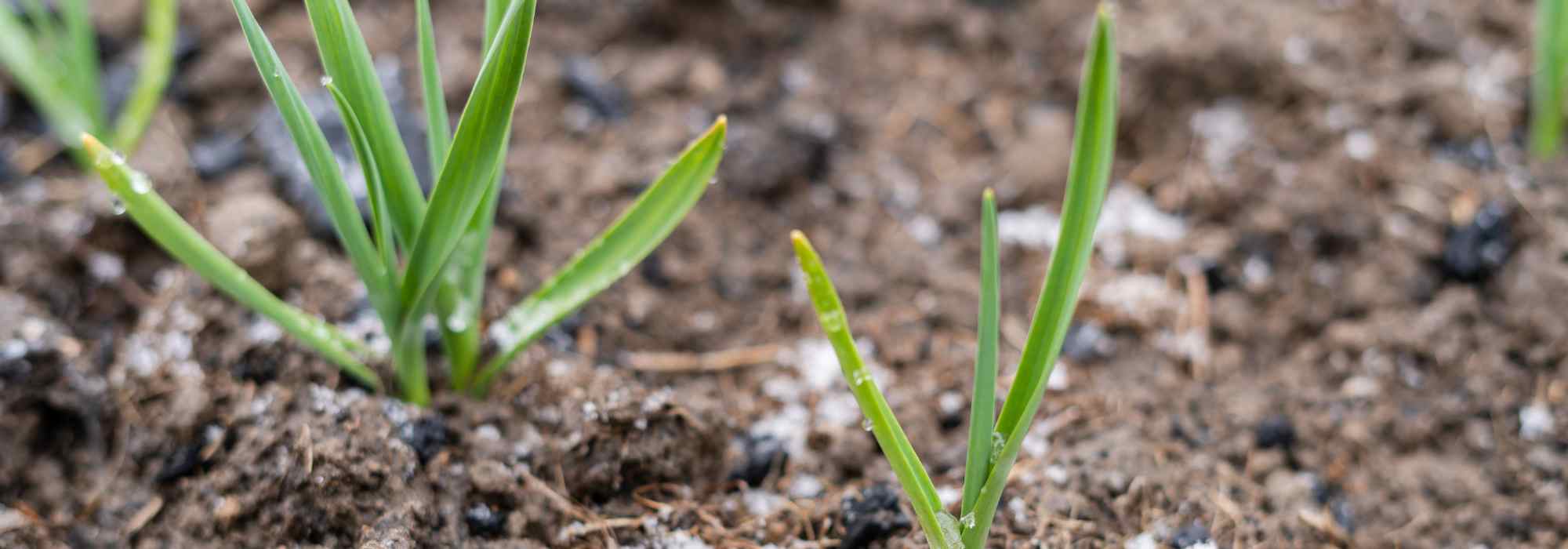
Ice Saints: What You Can Plant Before and What to Plant After
Small Gardening Guide to Avoid the Effects of Late Frosts
Contents
The Ice Saints are among those calendar markers well known to gardeners. This refers to a period during the month of May, which serves as a reminder that late frosts can still occur.
To avoid unnecessary risks, certain plantings and sowings should therefore be avoided before and during this period. In this article, we’ll explore how to best organise your plantings around the Ice Saints to minimise the risk of frost.
What are the Ice Saints?
The Ice Saints correspond to specific dates in the spring calendar. First, there’s Saint Mamert on 11th May, Saint Pancras on 12th May, and Saint Servatius on 13th May. This folk belief, which dates back to the Middle Ages, serves as a simple reminder: spring has not yet settled in all regions during this period, and cold snaps can therefore still occur, particularly during clear nights. Late frost means vulnerable or tender young plants are at risk, with future harvests potentially affected. This is indeed a transitional climate period during which temperature drops are not uncommon.
In the coldest regions of our territory (Ardennes, inland Normandy, Hauts-de-France, Centre…), there are even additional saints, such as:
- Saint Boniface on 14th May (whose saying claims he arrives by literally breaking the ice);
- Saint Sophie on 15th May (also called “Cold Sophie”);
- Saint Yves on 19th May (mainly celebrated in Brittany);
- Saint Bernardin on 20th May (linked to wine cultivation);
- Saint Urban on 25th May.
Of course, these traditional markers should be reconsidered nowadays due to climate change, which leads to higher temperatures and earlier springs. Early bud burst (opening of leaves or flowers), advanced fruit ripening, as well as the earlier appearance of pests or diseases, etc.
However, this does not prevent late frosts, which can, for example, jeopardise the fruiting of an apricot tree that may have flowered too early. The tradition of the Ice Saints thus remains a relevant reminder—a call for caution and patience, lest everything be lost. The idea is to combine it with observing local climate conditions in one’s own garden and checking weather forecasts.
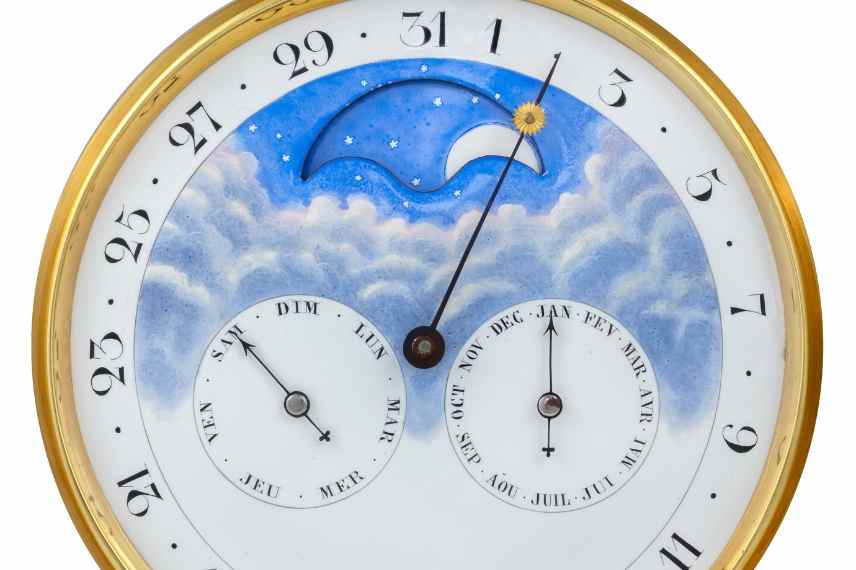
Gardeners should keep a close eye on the calendar in May
Before the Ice Saints: planting hardy plants
Simply put, all plants that aren’t frost-sensitive and show good hardiness can be planted before the Ice Saints. This includes trees, bushes, perennials and even some vegetables. Of course, consider their hardiness according to your climate: a plant that withstands frost down to -8°C to -10°C can be safely planted before the Ice Saints along the southern Atlantic coast, but only those with hardiness below -15°C should be planted in eastern France.
From late autumn to late winter, this is particularly the right time to plant bare-root plants, those lifted from the ground during their annual dormancy.
You can also plant roses, fruit trees, climbing plants as well as ornamental trees and bushes sold in containers (pots).
Among perennials, young plants of geraniums, asters or primroses can already be placed outdoors, just like pansies among annuals.
Herbs can also tolerate mild frosts, such as thyme or rosemary.
In the vegetable garden, cabbages, spinach, lettuces, chard (most leaf vegetables in short), but also leeks, carrots, turnips, salsify and beetroot may have already been sown from February to April or can be transplanted.
When the Ice Saints arrive, it’s also possible to start sowing plants that can withstand brief frosts, such as peas, onions, garlic or broad beans.
If you want to save time, start sowing tender plants indoors as early as February or March, placing them in a greenhouse, conservatory or even your living room near a well-exposed window. This is a good way to hasten future harvests without waiting for the Ice Saints to pass.
If you have young plants, you can place them outside in partial shade during fine days, to encourage their growth and begin hardening them to outdoor conditions. Remember to bring them back inside at night though.
You can also take this opportunity to prepare the soil for upcoming plantings: loosening, weeding, adding well-rotted compost, etc.
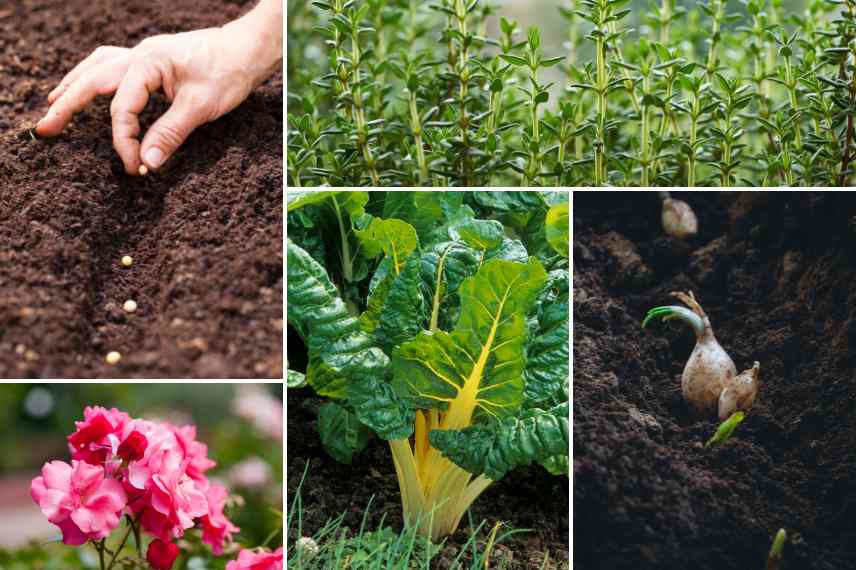
What it’s reasonable to sow or plant before mid-May: peas, thyme, roses, chard and onions
After the Ice Saints: Planting Tender Plants
Unless you live in the warmest regions of southern France (Mediterranean coast or even the Atlantic coastline), it’s best to wait until after the main Ice Saints period to plant all sun-loving and heat-craving plants directly in the ground. This applies to both sowings and young plants for transplanting.
In the vegetable garden, this notably includes tomatoes, peppers, chillies, aubergines, basil, courgettes and other squashes, melons, watermelons, etc. Potatoes and beans are also sensitive to frost.
Annuals like sunflowers won’t withstand late frosts either. The same goes for summer-flowering bulbs like dahlias.
Another option, if late frosts in your area are typically brief and mild: plant them slightly earlier or even during the Ice Saints period. However, you’ll need to closely monitor upcoming temperatures and be prepared to protect them with thick mulch, as well as cloches, cold frames or horticultural fleece when needed. These protections can gain you a few precious degrees during short, light frosts. They can be put in place just at night and removed during the day when temperatures are higher.
If you live in cold regions with harsh, long winters (particularly montane climates), it’s better to wait until the end of May before undertaking any of these plantings.
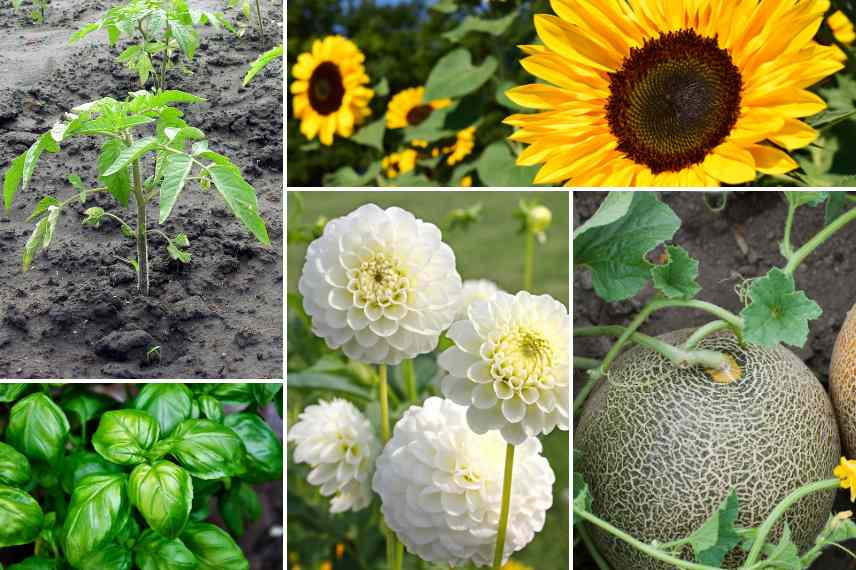
Tomatoes, sunflowers, basil, dahlias and melons are very frost-sensitive!
What to do if my plants have frozen during the Ice Saints?
Have you been a bit too impatient or did the late frosts prove more biting than expected? It’s still possible to take action to limit the damage.
For bushes and climbing plants, don’t touch anything for now: let the plant recover from this episode and observe its behaviour in the following weeks. If they manage to produce new shoots, you can then cut away all the parts burnt by frost. Remember to use properly disinfected cutting tools – it would be a shame to add disease contamination to already weakened plants.
For perennials, cut away the parts that have been affected by frost. Most of them have the ability to regrow from the stump.
However, when it comes to tender vegetable plants and annual flowers, you’ll likely need to resign yourself to restarting sowings or plantings. Frost damage is usually irreparable.
- Subscribe!
- Contents
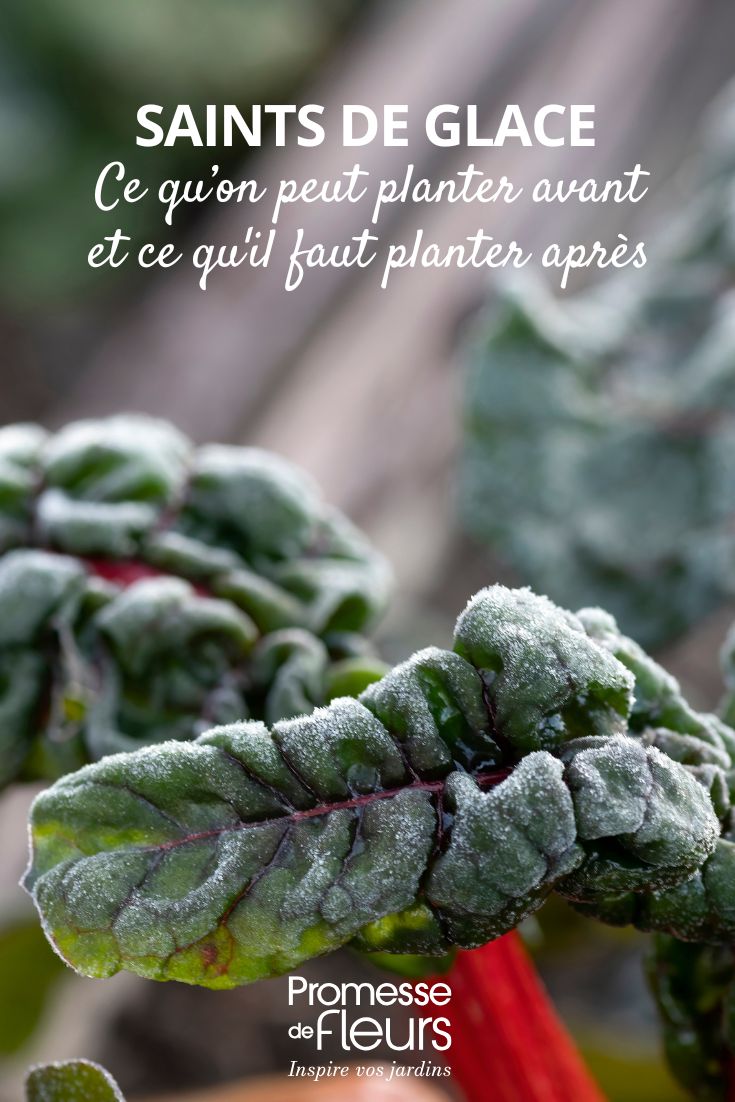































Comments